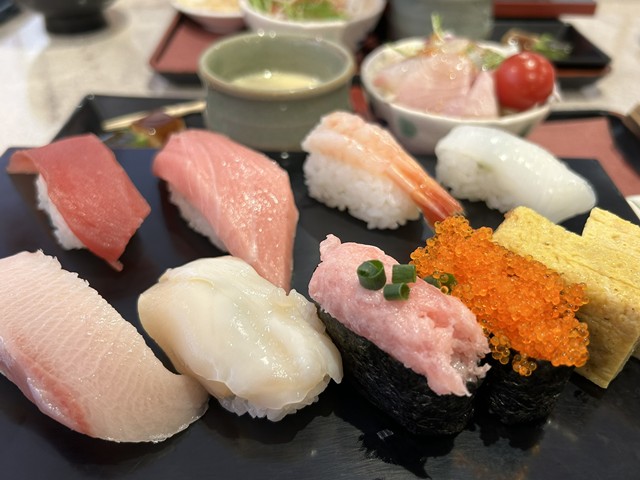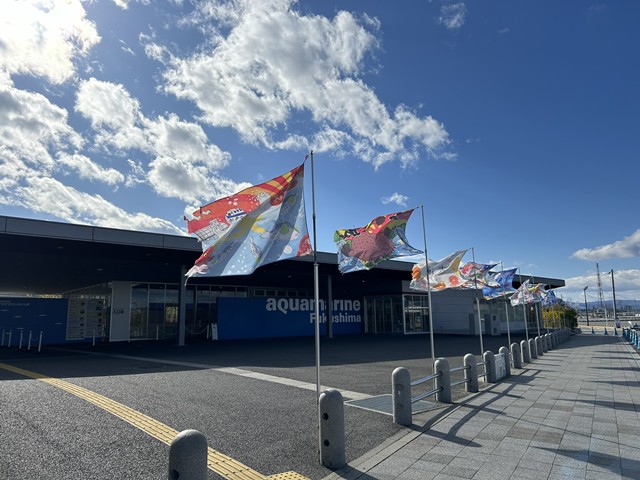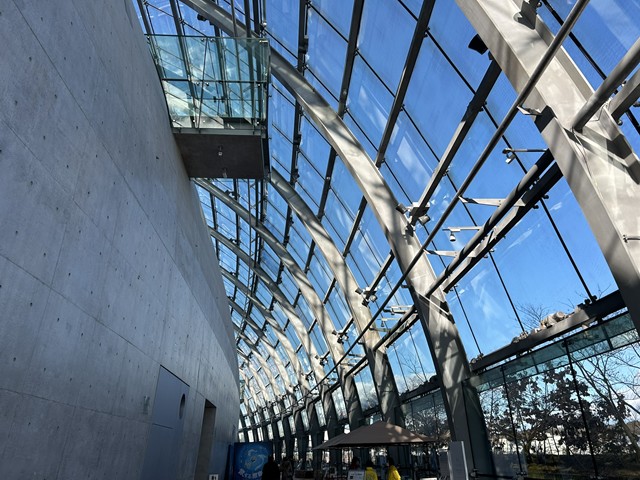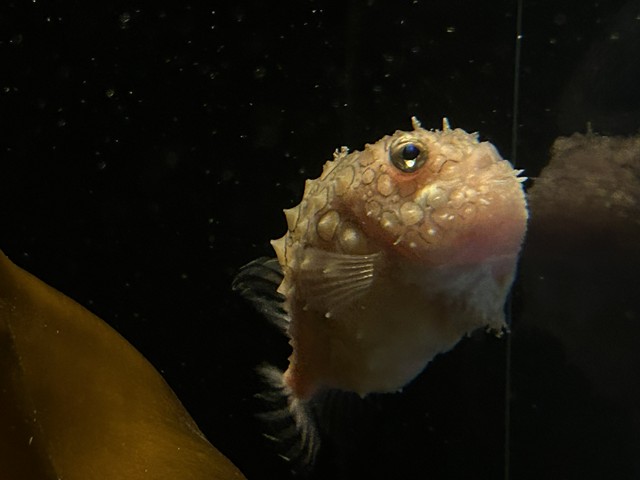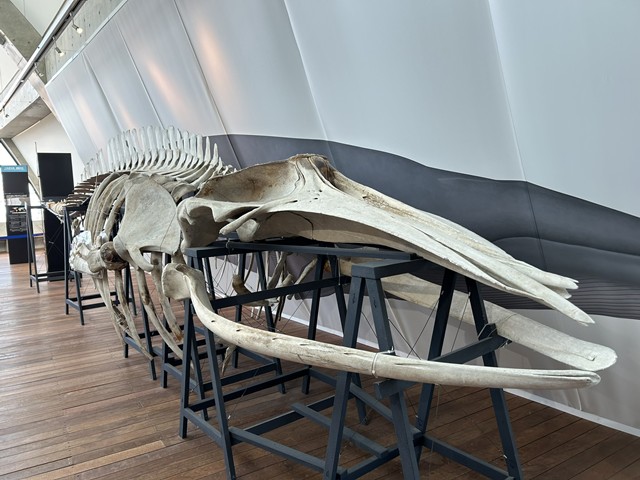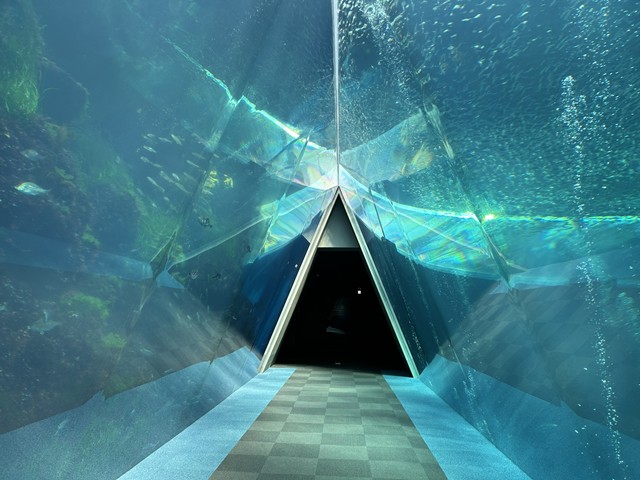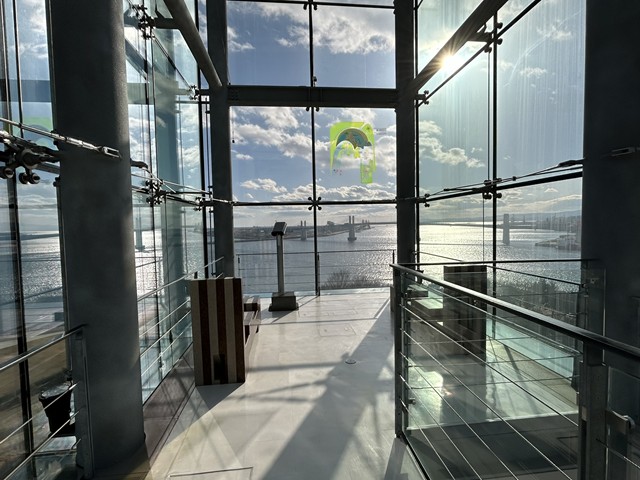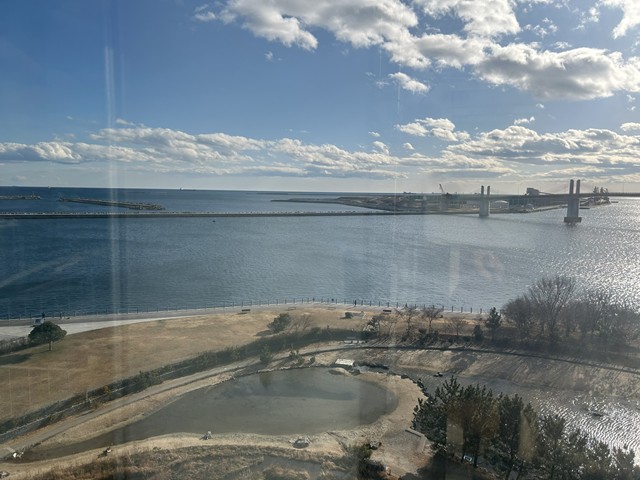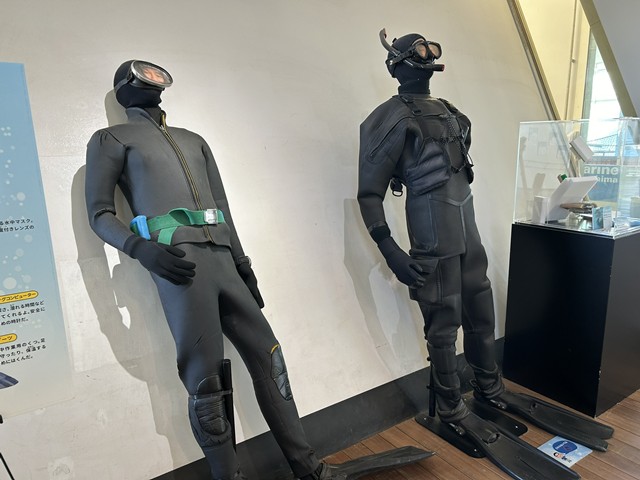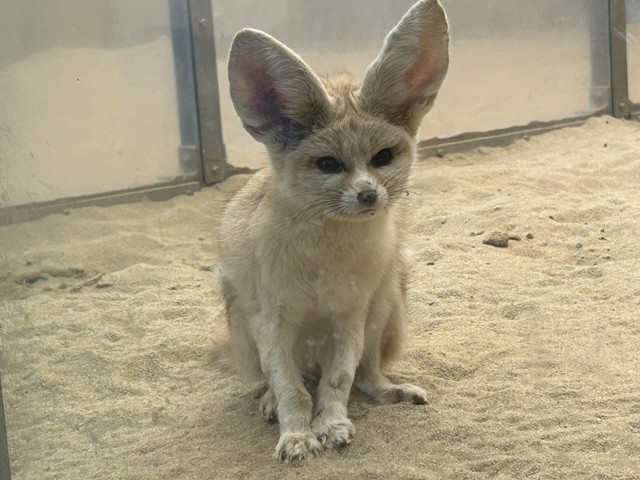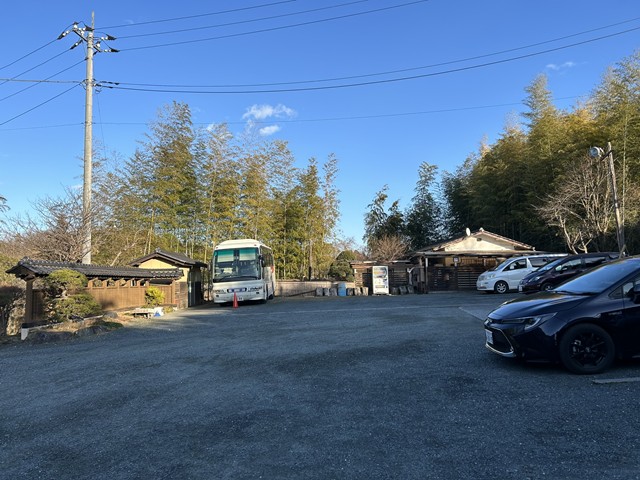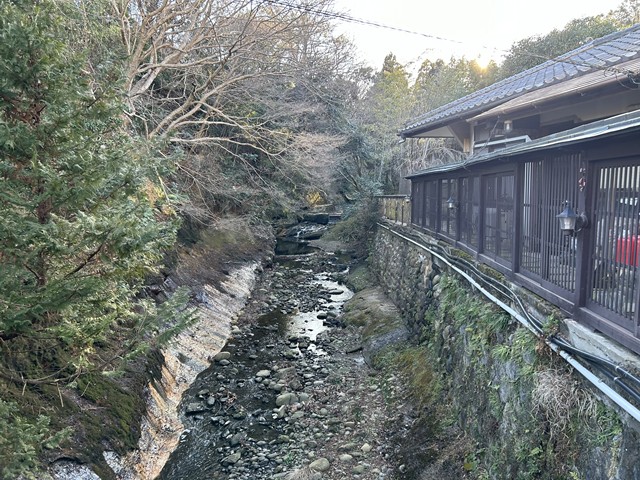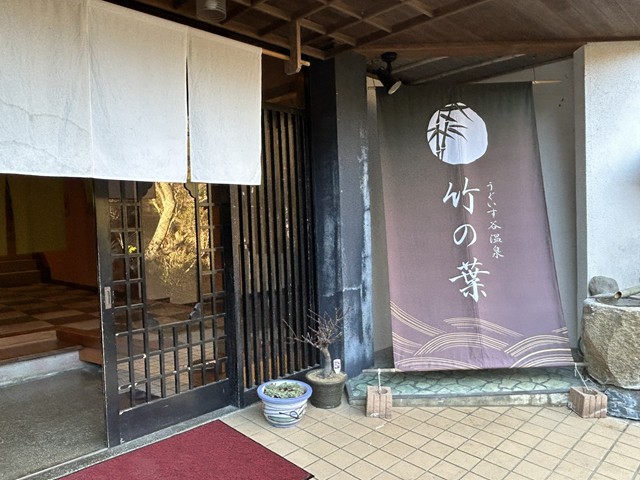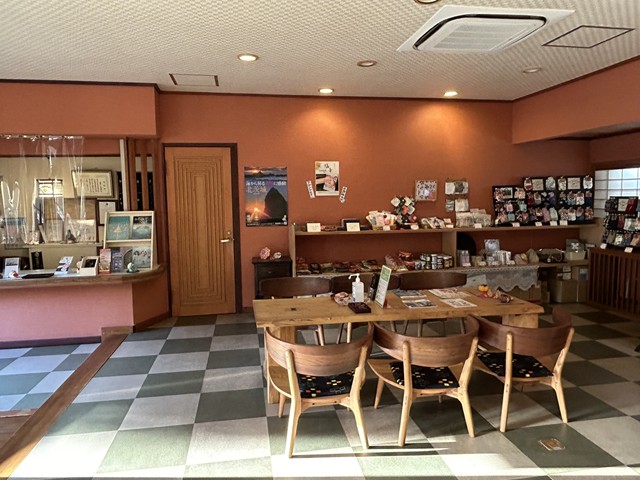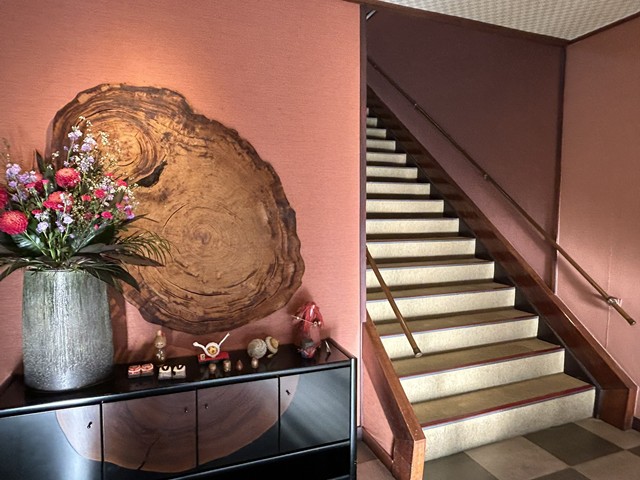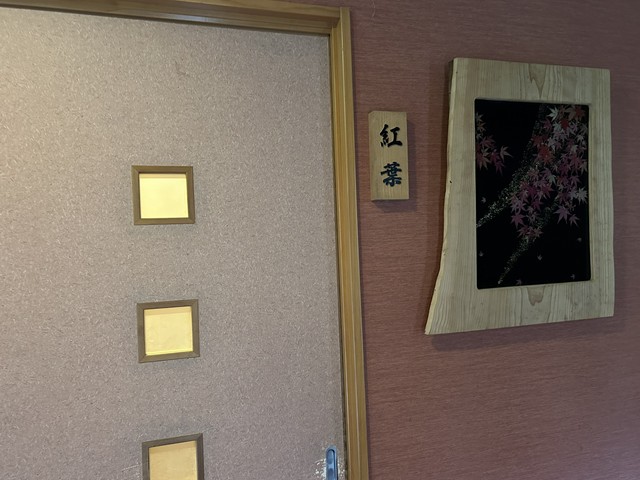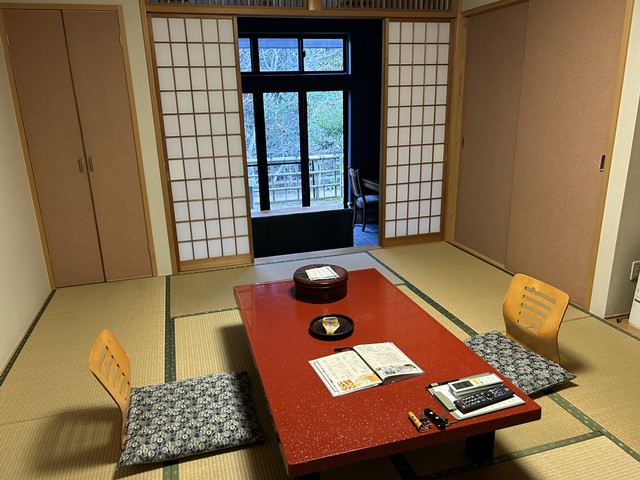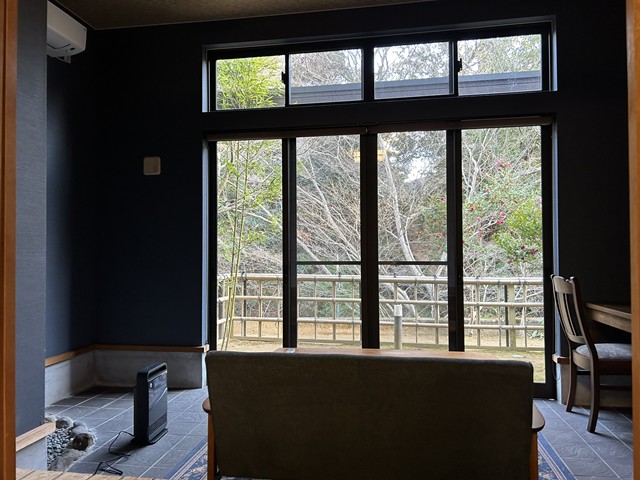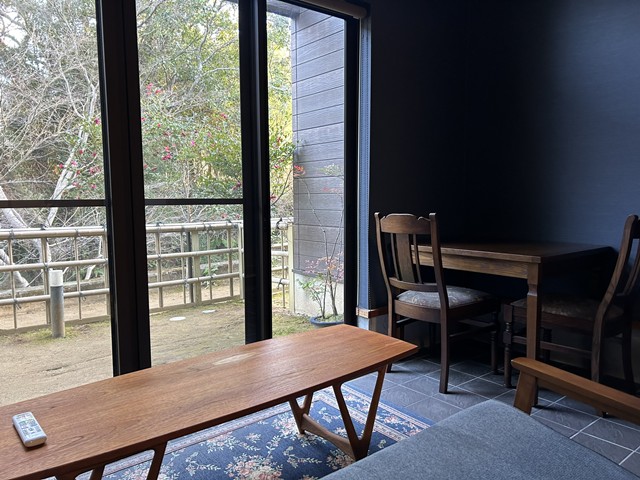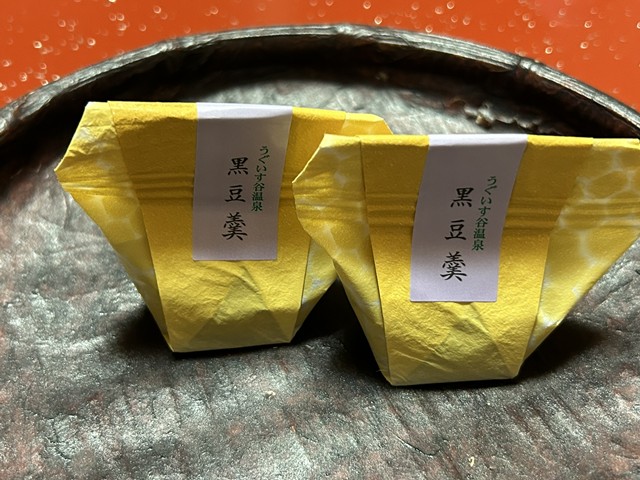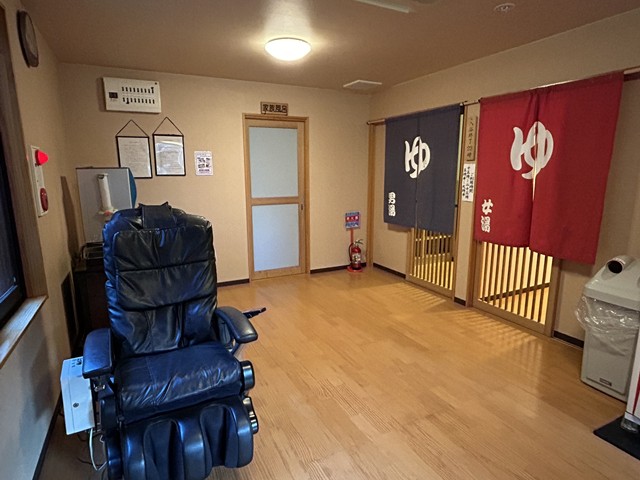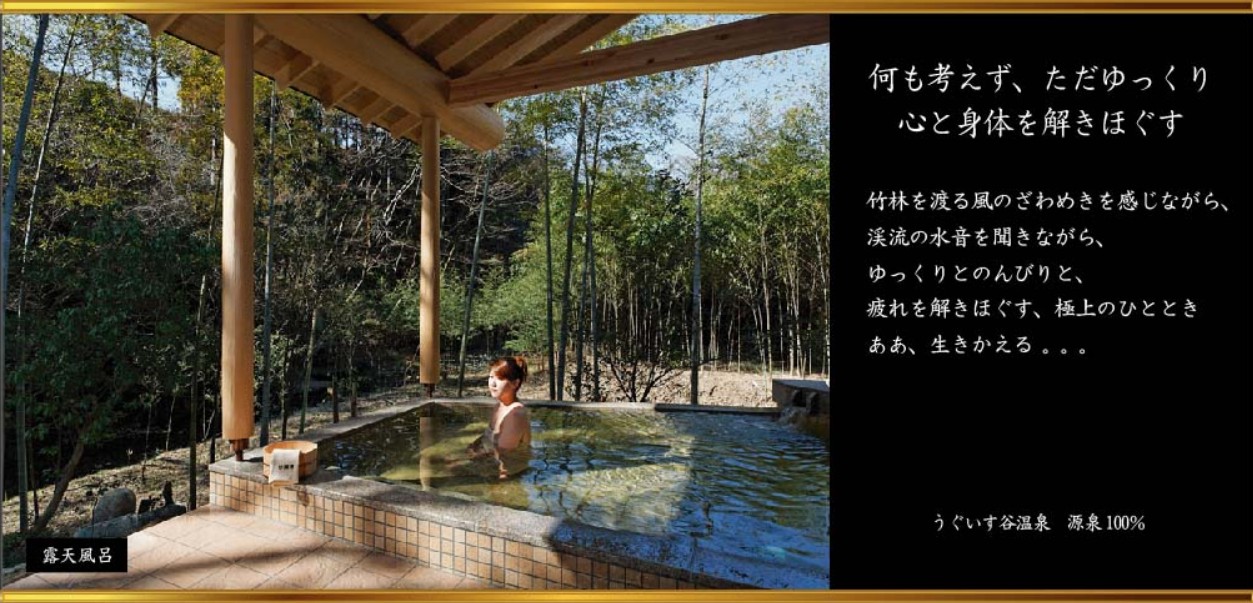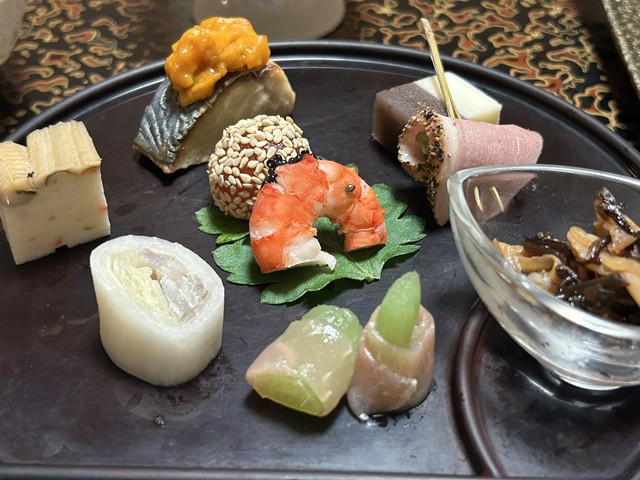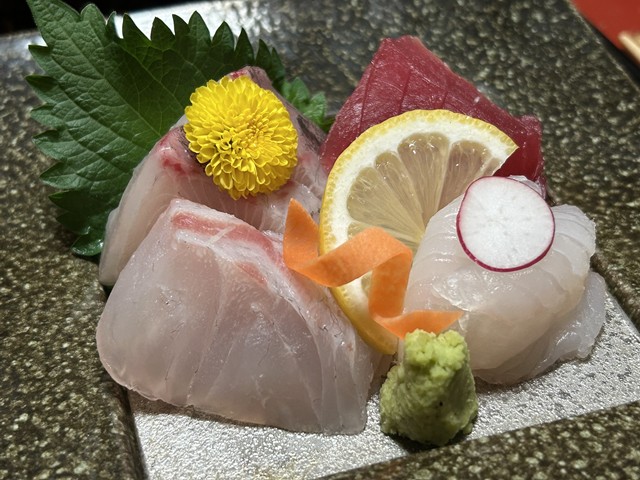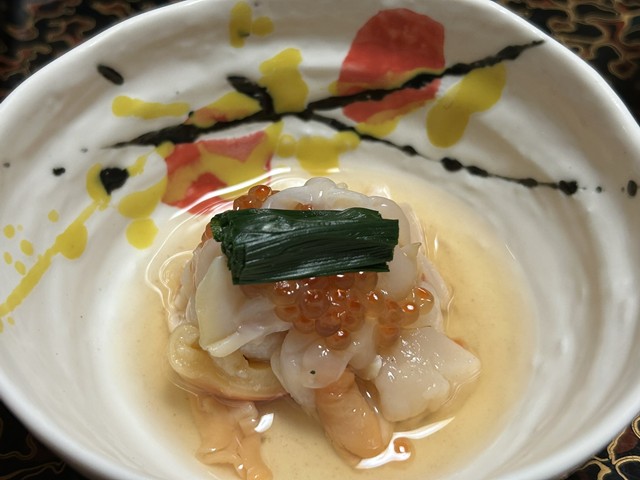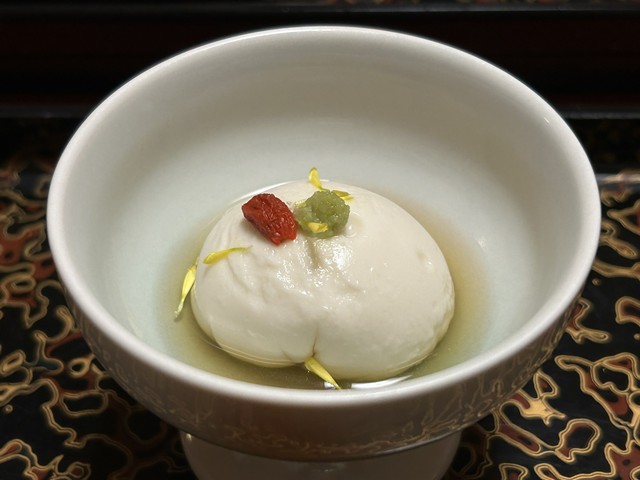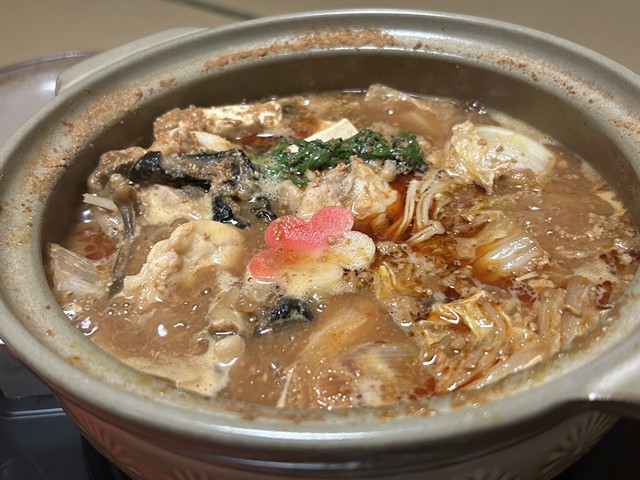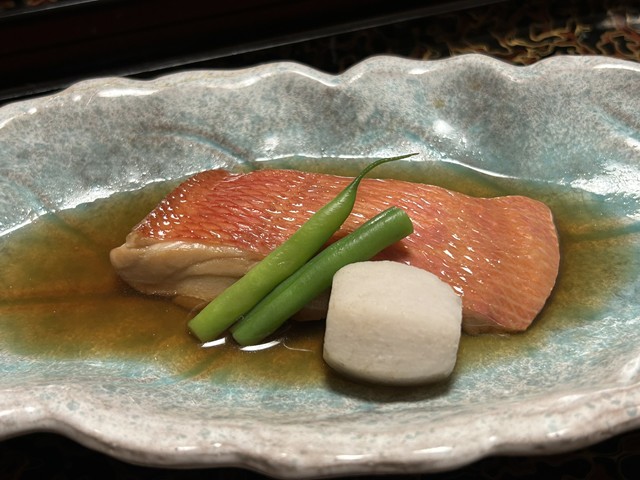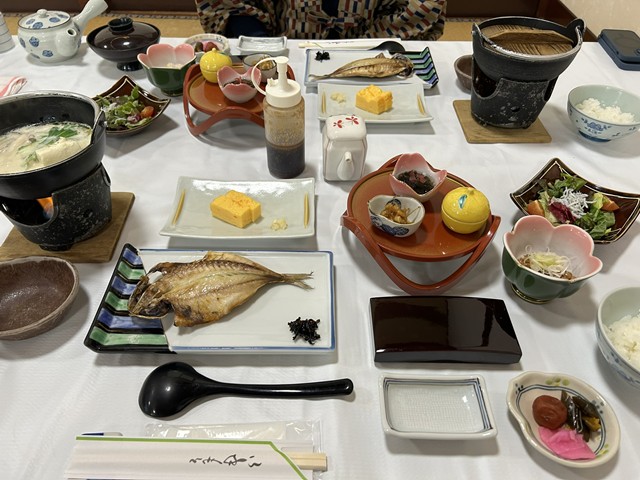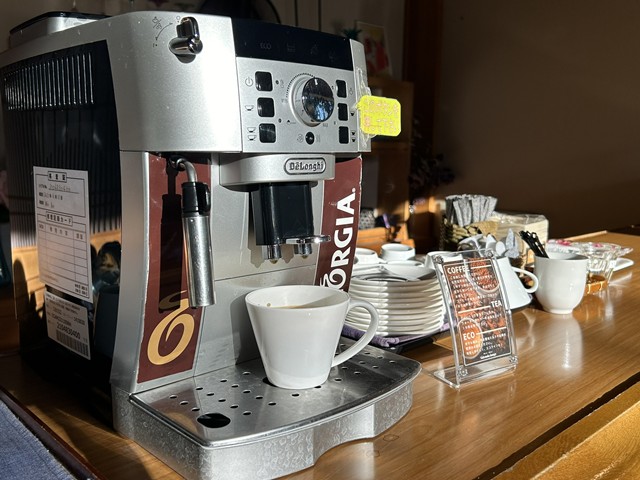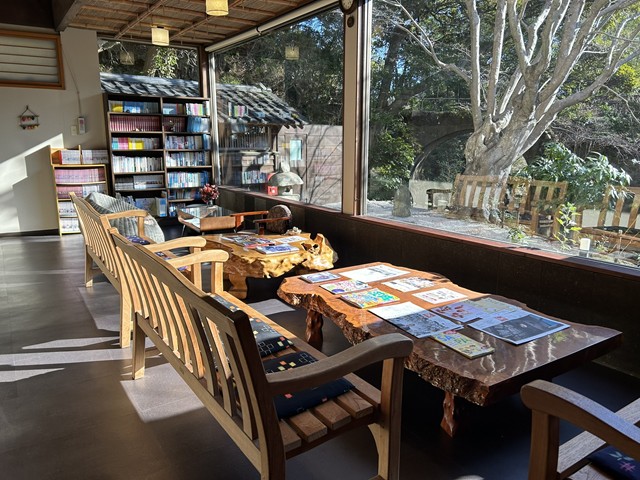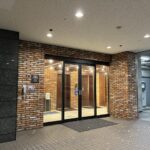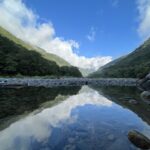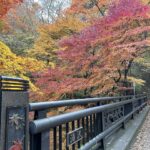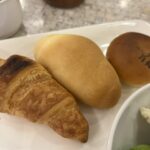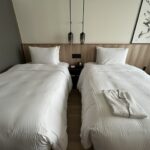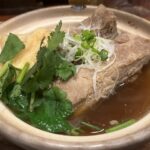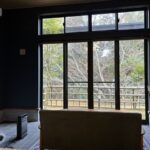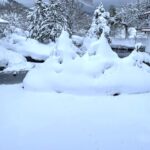Heading to a hotel in Kitaibaraki to enjoy monkfish hotpot
The cold season has arrived again this year.
At times like these, you want to enjoy a warm hot spring and delicious food.
Monkfish hotpot is one of those seasonal winter foods.
I couldn’t forget the delicious monkfish hotpot I had previously eaten at a local restaurant, so I thought I might as well enjoy monkfish hotpot and a hot spring, and decided to go on a two-day, one-night trip to Uguisudani Onsen Takenoha Inn, which serves exquisite monkfish hotpot and steamed kinki ( a deep sea delicious fish).
This time, I applied for the plan “Limited Time Offer: Takenoha Specialty! Enjoy the Winter Taste of Kitaibaraki, Anglerfish Hotpot”from the Jalan website, a Japanese famous Travel site.
【期間限定】竹の葉名物!北茨城・冬の味覚≪ あんこう鍋 ≫を囲んで♪
Check in after visiting the “Environmental Aquarium” Aquamarine Fukushima
My lodging for the night, Takenoha, is located in the northern part of Ibaraki Prefecture, close to Fukushima Prefecture.
If you use the highway from Tokyo, it takes about two hours by car to get there.
Since I didn’t have much time before check-in, I decided to head to Fukushima Prefecture before checking into the lodging and visit Aquamarine Fukushima, an environmental aquarium in Iwaki City, Fukushima Prefecture.
I had lunch at a sushi restaurant I found along the road along the way.
The great value lunch set was delicious.
It was only 1600 yen!
Finally, we arrived at Aquamarine Fukushima.
This area may have been damaged during the Tohoku earthquake.
The townscape is new, and the roads and parking lots are spacious.
The weather is nice, but it’s windy because we’re by the sea.
JAF members receive a small discount on the admission fee, so I presented my JAF card and entered to receive the discount.
The museum was empty.
As it is an environmental aquarium, it is an aquarium where you can enjoy yourself while learning about the environment.
The building is modern and has an exciting structure.
It has a sense of openness and is very pleasant.
The directions inside the museum are clearly indicated, so it’s easy to get around.
It’s divided into various areas, and there are plenty to see, including the Iwaki City coastal area, the subtropical area, and the deep sea area.
Whale specimens are also on display, allowing you to get a real sense of just how big whales are.
In the large aquarium area, you can experience walking in water, watch the animals being fed, and even have a backstage tour.
There is also an observation deck which can be used free of charge.
The weather was nice, so we had a great view of the surroundings.
What I found interesting was that next to the display of the diving equipment used by the keepers, there was a corner where you could experience fishing and have the fish you caught cooked and eaten on the spot.
I thought this was part of food education, and it was an interesting initiative.
There is an animal called the phenex that lives in the desert.
It has big ears so that it can find prey in the sand.
It also uses them to regulate its body temperature.
There is also a goldfish museum where you can see colorful goldfish, so it was a fun place where families and adults alike could spend the whole day together.
Check in to Takenoha Inn, Uguisudani Onsen, which serves delicious monkfish hotpot and stewed kinki.
It took about 40 minutes on the local roads to get from Aquamarine Fukushima, the “Environmental Aquarium,” to Takenoha.
If you follow the road that leads down from the main road into the valley, you will come to a parking lot and at the end of the bridge you will find the entrance to the inn.
There is a small river flowing across the bridge, and when you cross the bridge you feel as if you are cut off from the everyday world and immersed in the atmosphere of bamboo leaves.
We were greeted by the inn’s waitress.
You’ll check in at the small, cozy lobby and then be shown straight to your room.
Climb the impressive stairs.
This inn has two buildings, the main building and the new building, and the main building offers traditional Japanese-style rooms at a reasonable price.
Some rooms in the new building seem to have an open-air bath, so you can choose a room based on your budget and needs.
This time we booked a Japanese-style room with a wide veranda.
The room is very spacious, with a raised entrance area and separate spaces for the sink, toilet, etc.
The room is a simple Japanese-style room.
However, I chose this room because I thought the view from the veranda would be relaxing, and that was indeed the case.
There is a river flowing right in front of the house, so if you open the window you can hear the sound of the water flowing.
The dirt floor was a little cold, but there was air conditioning and heaters at the feet.
Since we had the chance, we enjoyed these sweets while looking at the view outside.
There are also plenty of open-air baths and family baths.
Before dinner, I enjoyed the inn’s bath.
All the yukatas and other equipment were prepared in the room.
In addition to the large indoor bath, this inn also had an open-air bath and a family bath.
As long as there were no other guests using the family bath, I was free to use it without needing to make a reservation, but since I wanted to enjoy the open-air bath this time, I didn’t use the family bath.
The bath corner was equipped with cold water, massage chairs, vending machines, and more, making it a space where you can relax before or after a bath.
Because the hot spring water is low, it is circulated and filtered for heating and hygiene purposes, but it is 100% natural hot spring water.
The men’s and women’s baths are alternated, and from both baths you can hear the magnificent bamboo forest and the babbling of the river flowing next to it.
The indoor bath is nice, but the open-air bath is also recommended.
It’s a little hot at 42 degrees, and the tub isn’t that big, but unlike large hotels, there aren’t many guests, so you can have the open-air bath all to yourself by just changing the time of day.
I used the bath twice, once in the evening and once in the morning, and being able to have it all to myself both times was very pleasant.
Dinner can be served in your room
Dinner at this inn is served in your room, and the food is brought to your room without you having to move, so you can enjoy your meal at your own pace without worrying about other guests.
Dinner is served from 6pm, but the waitress will call you shortly before to confirm drink options.
The waitress who looked after us was a lively woman with a cute voice.
The meal began with a large tray carrying appetizers and sashimi.
Even though monkfish hotpot came after this, this was still quite filling.
The sashimi was thickly cut and very satisfying.
And here is a cold dish of various shellfish cooked in an easy-to-eat way.
It was delicious, with a concentrated umami flavor.
I think this was tofu.
It was so tasty that I ate it all in one go.
After a while, the waitress brought over the monkfish hotpot and simmered kingfish.
The monkfish hotpot has been parboiled once, so it’s ready to eat once it’s boiled.
What looks like chili oil is monkfish fat, she explained.
This monkfish hotpot was richly seasoned and contained chunks of monkfish meat, which was delicious.
You can eat everything about the monkfish except the bones, and it’s full of collagen, and just as the waitress had said, it was very tender.
The simmered fish was also delicious.
I was full, so one piece of the simmered fish was enough for me.
Apparently it’s customary to finish the meal with monkfish hotpot in the form of rice porridge, but since we were already full we only ordered one portion of rice.
The waitress quickly prepared the rice porridge for us to eat, but I was sorry I couldn’t finish it.
Having enjoyed the monkfish hotpot that I had come to expect, I was full and very satisfied.
After that, we spent the day lounging around on the futon in our room and then fell asleep.
Breakfast is served in the large hall, where you can enjoy a menu made with local ingredients.
Breakfast begins at 7:30 and we move to the great hall to eat.
Just before the time, we receive a call from the dining room to let us know that it’s ready, so we head there to find a sumptuous breakfast waiting for us, just like the night before.
The rice was freshly cooked in a rice container and you could scoop out the amount you wanted to eat.
The waitress also introduced me to a warm soy milk hotpot and some Mito natto, a local specialty.
There were also many other small dishes and dishes that would go well with rice.
To be honest, I don’t really like natto, so I usually never finish it even if it’s served for breakfast, but this natto was so delicious that I ate it all.
The miso soup also had a lot of seaweed in it, which was a blessing for me as I love seaweed.
Everything was delicious.
Free coffee is provided in the lounge on the first floor.
For guests who wish to enjoy coffee or tea after their meal, complimentary hot drinks are served in the lounge on the first floor.
You can relax in this lounge and enjoy a coffee while looking at the view, or you can take your drink home with you as take-out cups are provided.
I took my drink back to my room and had my coffee with the dessert that I wasn’t able to have at dinner the previous night.
The apple compote was delicious.
My impressions of staying at Takenoha Inn, a hotel serving delicious monkfish hotpot and stewed kinki in Uguisudani Onsen
It was a great inn that was close to the city center, and I could escape the hustle and bustle and enjoy delicious food and hot springs.
When I was driving, I was driving through a lot of the city, so I was worried, “Is there a hot spring in a place like this?”, but the only sound I could hear around this inn was the sound of the river babbling, and the atmosphere was very relaxed, and I felt very calm.
I was able to eat monkfish hotpot in my room, so I was glad I was able to achieve my goal.
The taste was too rich and a little salty, but I guess that’s how it is.
There aren’t that many rooms, so I felt that the waitresses were attentive to every detail, and I felt that I was being treated well.
Ibaraki Prefecture is in the Kanto region and it doesn’t snow, so I thought it wouldn’t be that cold, but it was still cold in the mornings and evenings.
I enjoyed the open-air bath after soaking in the colorless and transparent hot spring, but the wind on my cheeks was cold.
The waitress told us that monkfish is in season until around March, but outside of that season you can enjoy dishes like simmered kinki.
I would also like to visit in the winter to eat monkfish hotpot.
Uguisu-dani Onsen: Takenoha Inn serving delicious monkfish hotpot and stewed kinki うぐいす谷温泉 絶品あんこう鍋とキンキ煮付の宿 竹の葉
Address: 2275 Isohara, Isohara-cho, Kitaibaraki City, Ibaraki Prefecture
TEL:0293-42-2288
Check-in:15:00
Check-out:10:00
Dinner Time:18:00 (during my stay)
Breakfast time: 7:30
Hot springs available: until 23:00
Takenoha website:http://www.uguisudani-onsen.com/contp/sitemap.html
Comments: The hot springs in the rooms with open-air baths are also natural hot springs. Dinner is served in the room, so it feels private and both the dinner and breakfast were delicious.
There are about 8 parking spaces in front of the inn, and another parking space below.
If you use public transportation, it is a 30-minute walk from Isohara Station on the Hitachi or Tokiwa Express from Tokyo Station, so you will need to arrange a taxi or something from the station.
There are express buses from Tokyo Station to Mito Station, so it seems there is also a route to Isohara Station by train from Mito Station.
★★Check this hotel info via Jalan, a Japanese famous travel site★★
★★Check this hotel info via JTB, a Japanese famous travel site★★
